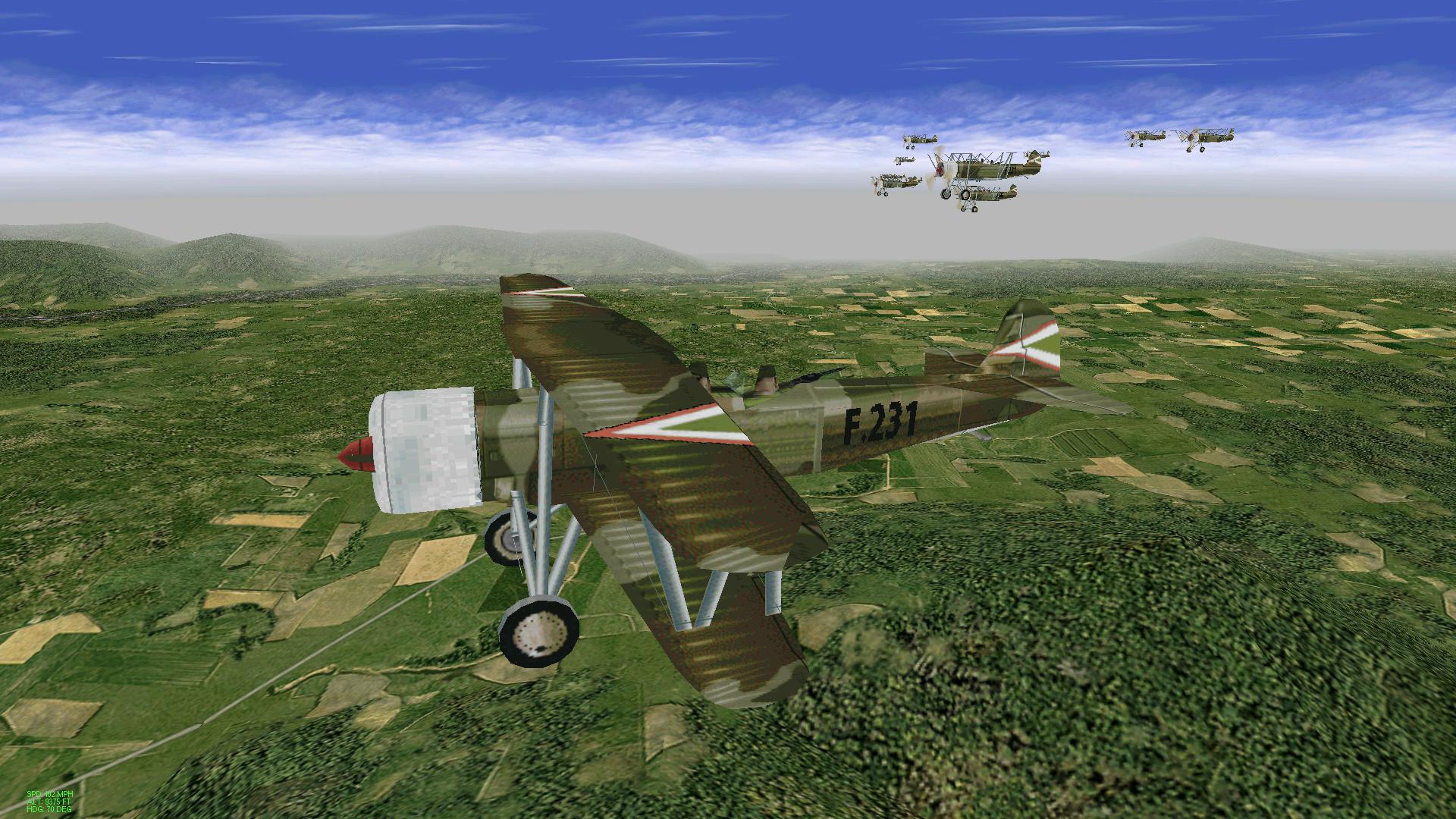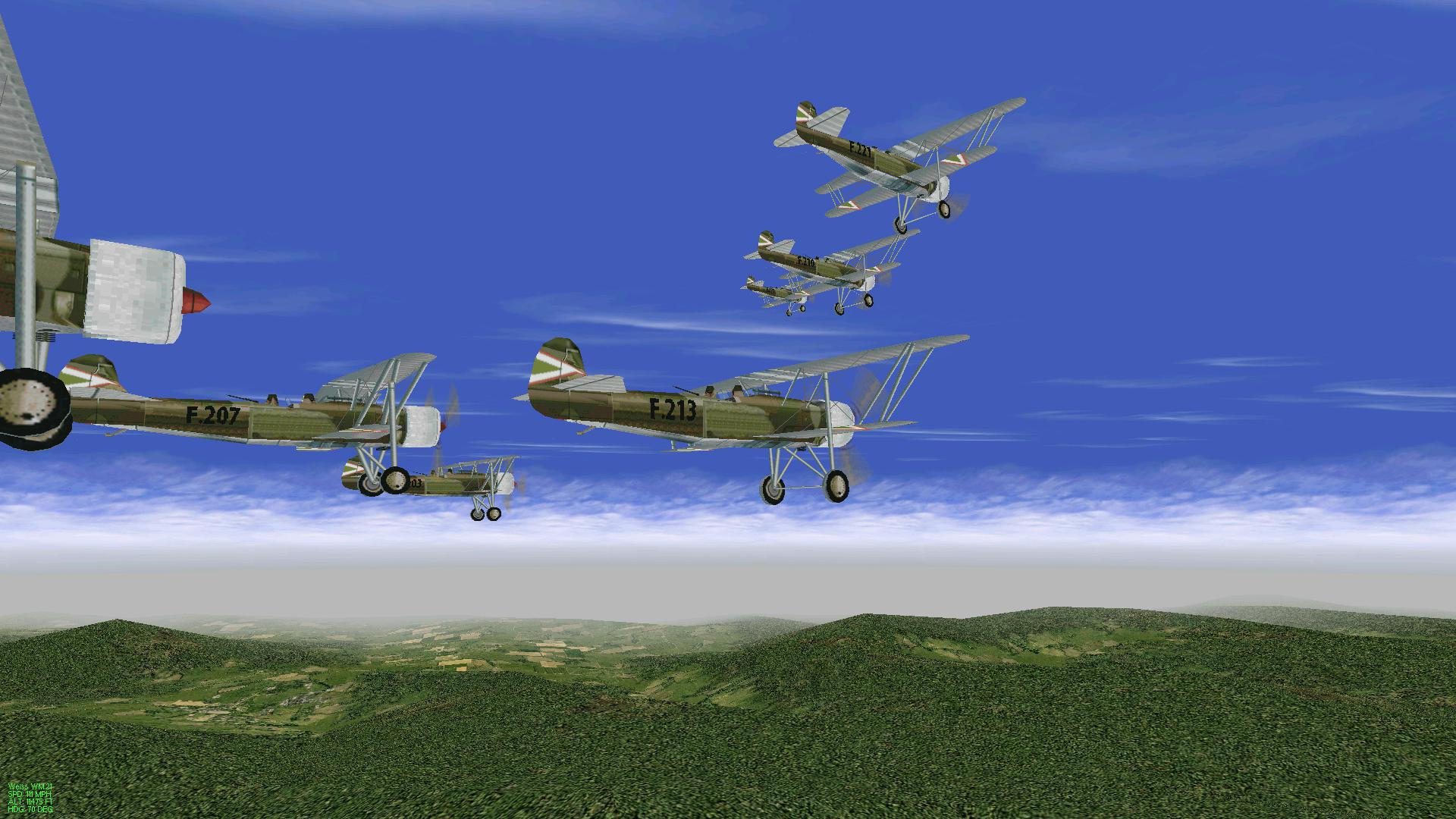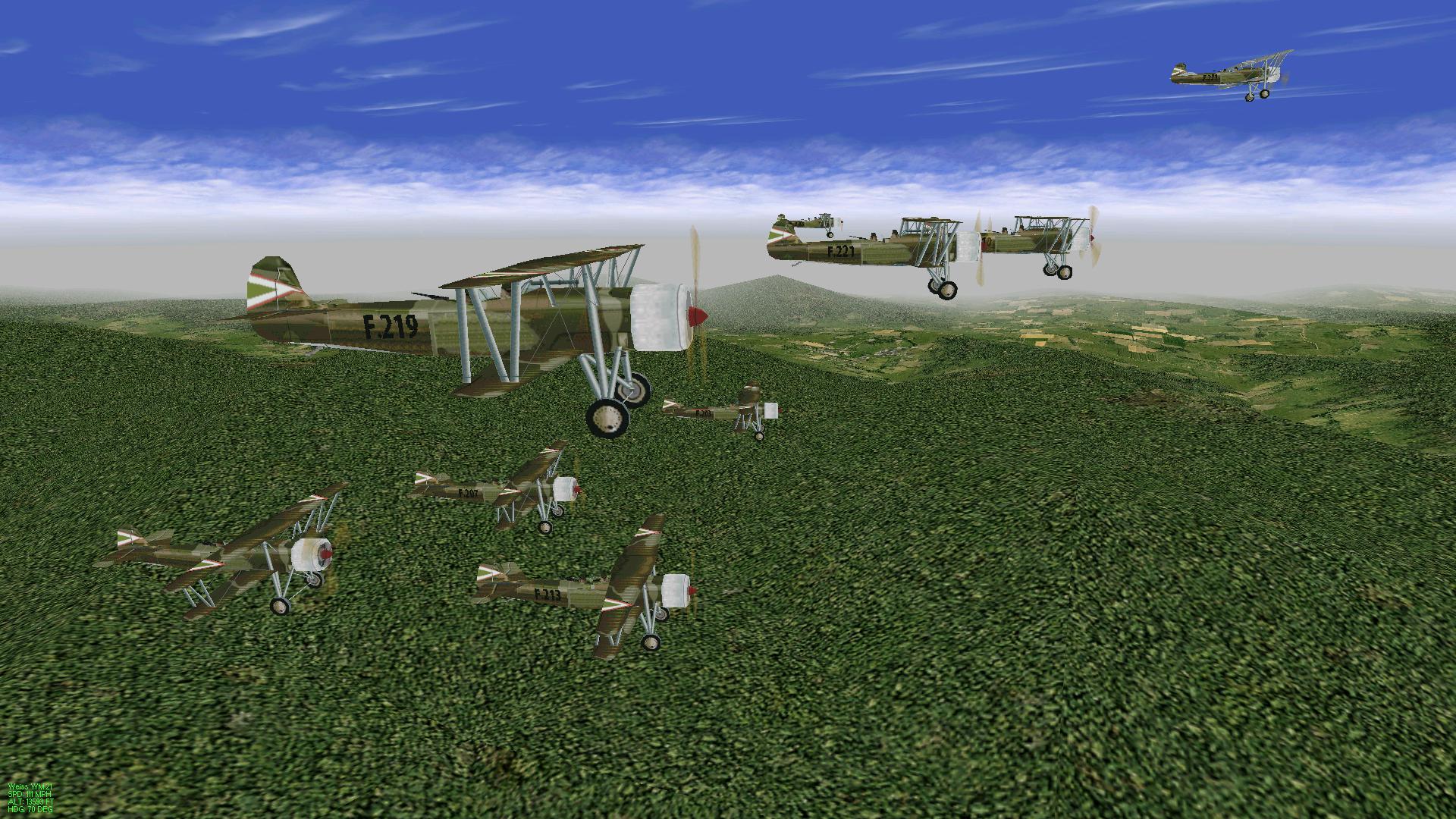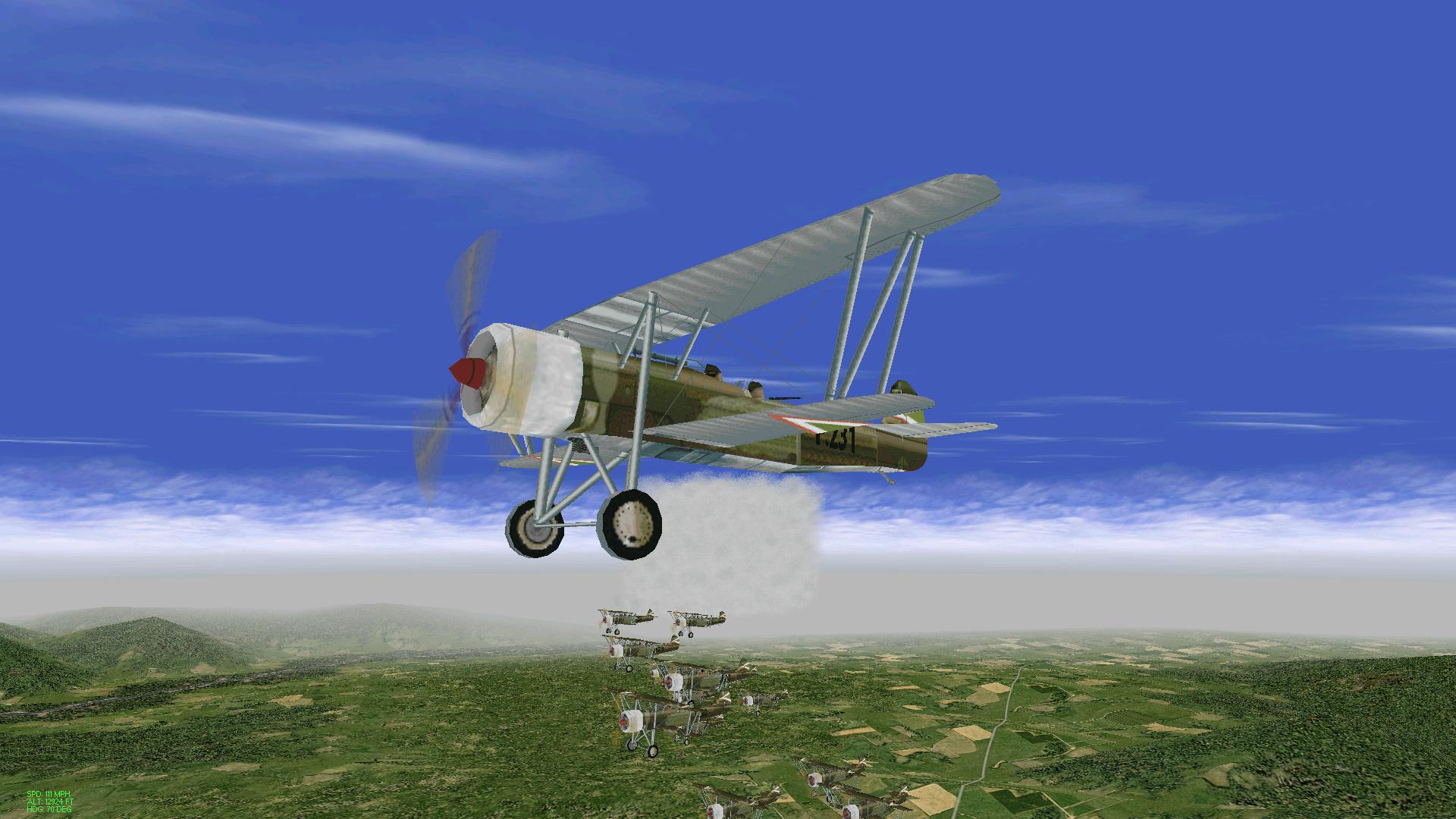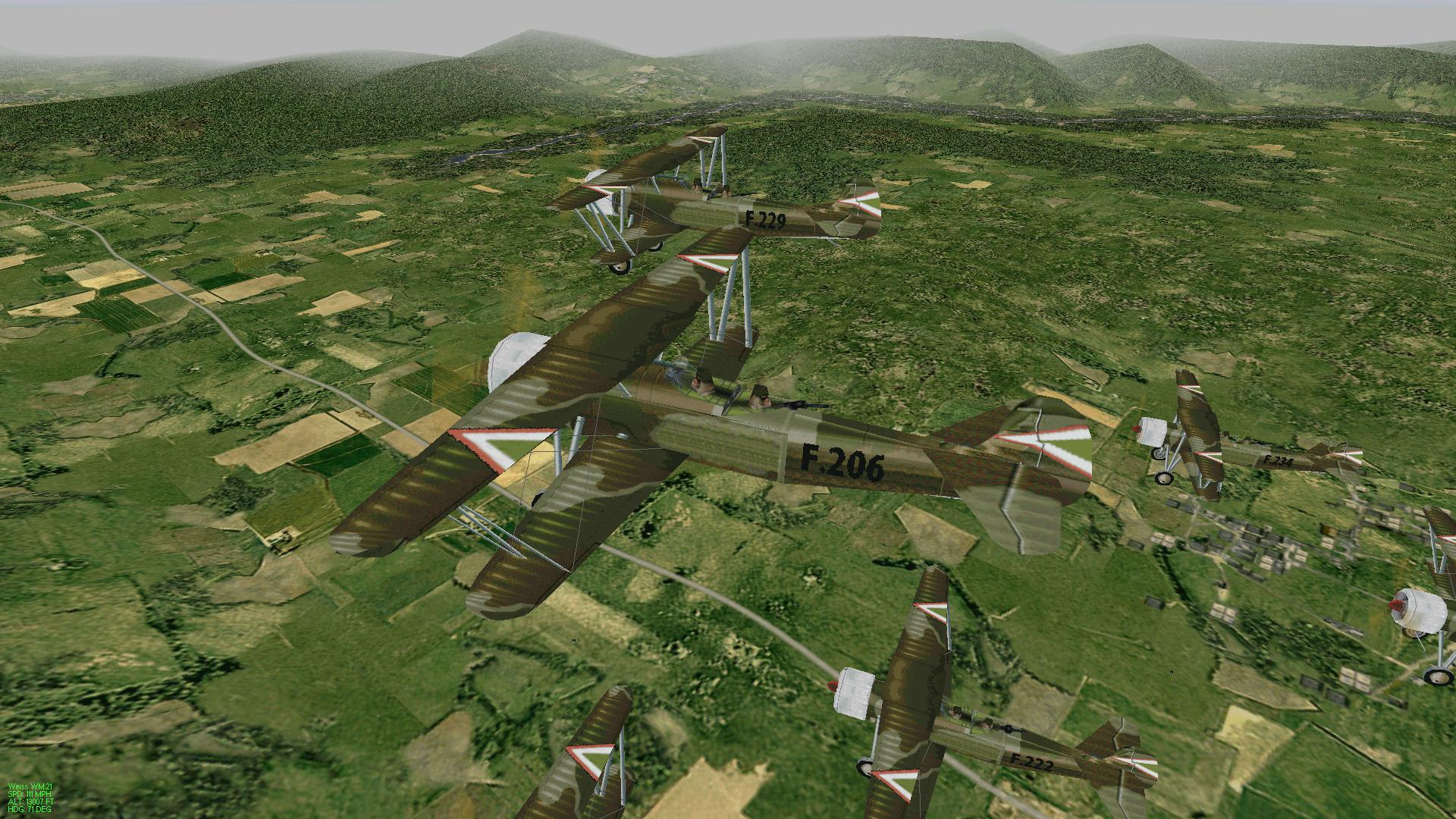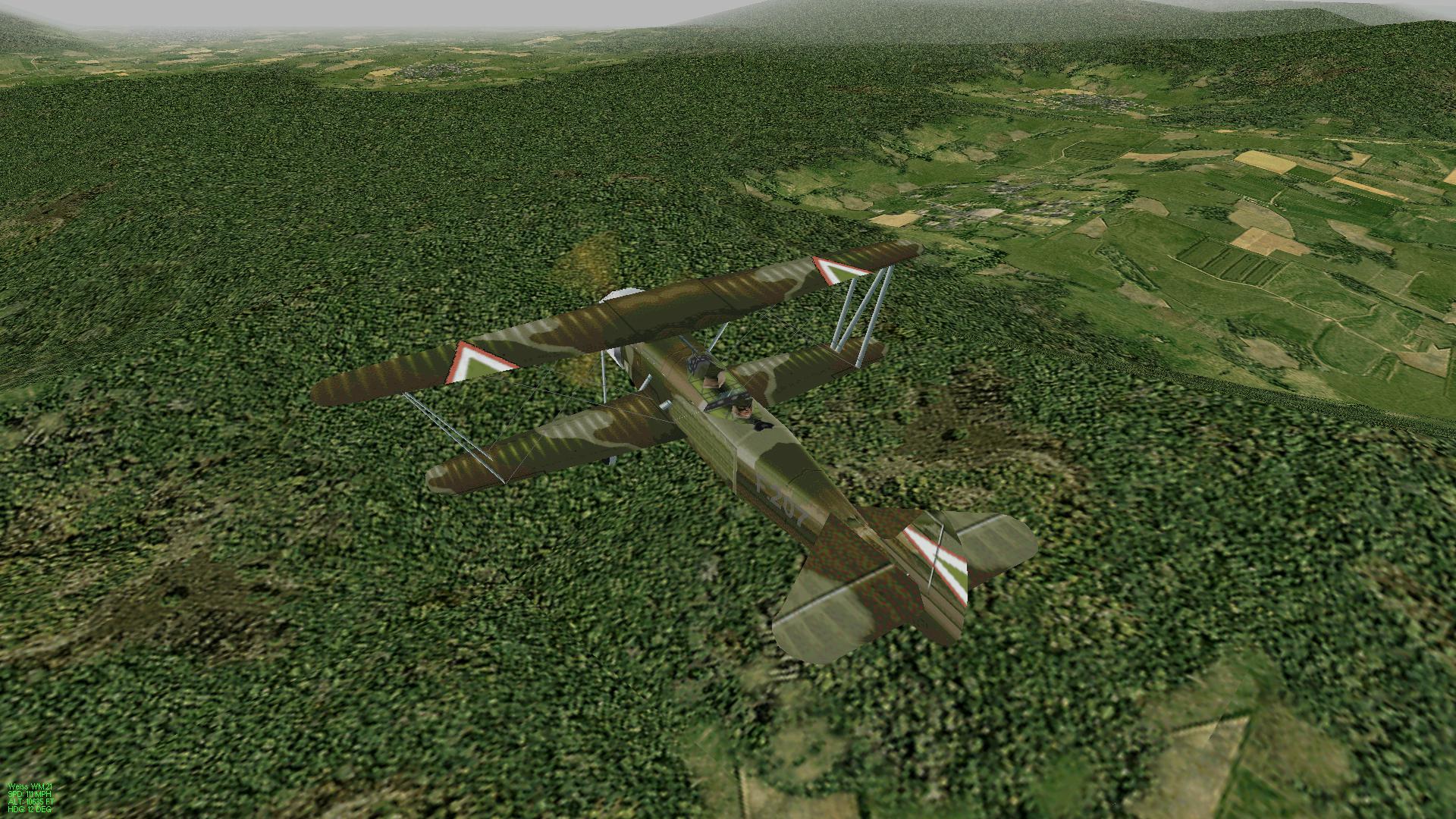Little Wars and Obscure Planes
Posted: Mon Feb 26, 2024 5:24 pm
One of the things that is so interesting in fleshing out the Italy/Balkans/Ukraine map is the unknown little skirmishes and and the forgotton planes that flew in them.
When Adolf Hitler ripped up the Versailles Treaty and started redrawing the international boundaries in central Europe he opened a whole can of worms. Ethnic monorities in the new countries invented by Versailles wanted to return to a national setup where they were at home. Countries that lost territory wanted it back. The way to deal with it, as Hitler had unfortunately shown, was by armed force. Hungary was one of the WW1 losers (fully paid up part of Austria-Hungary, one of the "Central Powers") and lost huge slabs of territory to the newly invented Czechoslovakia, and the redrawn and much enlarged Romania. In 1939 and 1940 Hungary rattled sabres twice and was handsonmely rewarded.
First in March 1939 it went to war with little Slovakia, newly minted as a German puppet state after Hitler's destruction of Czechoslovakia. For its pains it received a slab of territory on the southern Slovakian border. Once the real war was under way, in August 1940 it had a skirmish with Romania. It wanted Transylvania back. It got it.
The Hungarian Air Force was involved in both those skirmishes and glad to be. After WW1 Hungary as a loser, like Germany, had been forbidden an air force. Secretly in the mid-20s it began to procure one. Amongst the types purchased was the Fokker C5, and with a license to build them in Hungary. Weiss Manfréd Muvek began to produce clones of the Fokker aircraft, exceeding the terms of the 1928 licence. Armament was fitted from 1931. The modified Fokker C5 morphed into the WM.16 Budapest 9 with a better engine and intended as a light bomber. That morphed into the Budapest 14, and in 1936 that morphed into the WM.21 Sólyom or "Falcon" which made its first flight in the first half of May 1937.
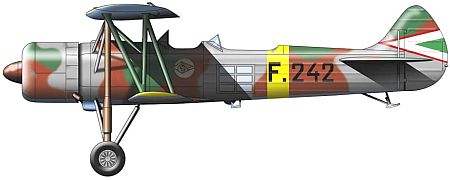
A first order for 36 machines was placed on 28 July 1938.
In August 1938 following the Treaty of Bled Hungary was at last officially able to re-arm. With the air force no longer being secret, this was officially founded as the Magyar Királyi Honvéd Légierö (MKHL) -the Hungarian Royal Home defence air force.
A second order for 21 WM.21 was placed on 12 April 1939, a third group of 23 aircraft was ordered on 13 April 1940, and a final fourth group of 48 aircraft was built between 9 January 1941 and 18 September 1941, giving a total number of 128 aircraft built.
This aircraft was involved in both the 1939 and 1940 small wars prosecuted by Hungary, for recce and as a light bomber. It was later used in the invasion of Yugoslavia, and then against Yugoslav partisans, and similarly in the Hungarian part of Babrbarossa against the Soviet Union. The last two operational squadrons were disbanded in 1944. Ther plane was then used as a trainer, first in Hungary, and then as the Axis retreated, in Germany. All remaining WM.21 airframes in Hungary were probably destroyed by retreating German and Hungarian troops in March and April 1945.
There is now almost nothing left of the WM.21. All that remains is a part of the horizontal tail plane and a wheel spat in Szolnok Aviation Museum.
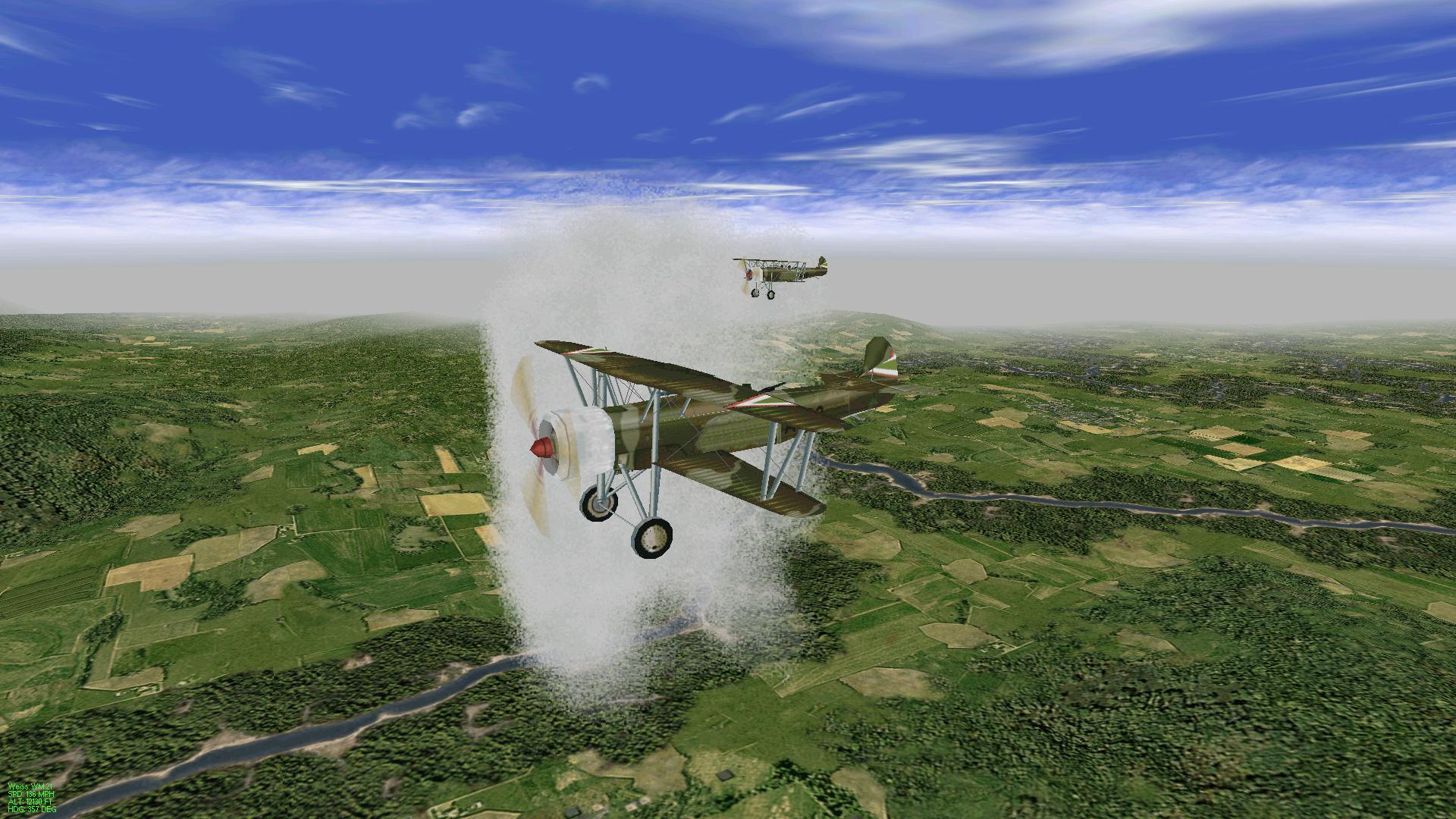
My attempt at a WM.21 for EAW. I expect Ray will want to improve it
When Adolf Hitler ripped up the Versailles Treaty and started redrawing the international boundaries in central Europe he opened a whole can of worms. Ethnic monorities in the new countries invented by Versailles wanted to return to a national setup where they were at home. Countries that lost territory wanted it back. The way to deal with it, as Hitler had unfortunately shown, was by armed force. Hungary was one of the WW1 losers (fully paid up part of Austria-Hungary, one of the "Central Powers") and lost huge slabs of territory to the newly invented Czechoslovakia, and the redrawn and much enlarged Romania. In 1939 and 1940 Hungary rattled sabres twice and was handsonmely rewarded.
First in March 1939 it went to war with little Slovakia, newly minted as a German puppet state after Hitler's destruction of Czechoslovakia. For its pains it received a slab of territory on the southern Slovakian border. Once the real war was under way, in August 1940 it had a skirmish with Romania. It wanted Transylvania back. It got it.
The Hungarian Air Force was involved in both those skirmishes and glad to be. After WW1 Hungary as a loser, like Germany, had been forbidden an air force. Secretly in the mid-20s it began to procure one. Amongst the types purchased was the Fokker C5, and with a license to build them in Hungary. Weiss Manfréd Muvek began to produce clones of the Fokker aircraft, exceeding the terms of the 1928 licence. Armament was fitted from 1931. The modified Fokker C5 morphed into the WM.16 Budapest 9 with a better engine and intended as a light bomber. That morphed into the Budapest 14, and in 1936 that morphed into the WM.21 Sólyom or "Falcon" which made its first flight in the first half of May 1937.

A first order for 36 machines was placed on 28 July 1938.
In August 1938 following the Treaty of Bled Hungary was at last officially able to re-arm. With the air force no longer being secret, this was officially founded as the Magyar Királyi Honvéd Légierö (MKHL) -the Hungarian Royal Home defence air force.
A second order for 21 WM.21 was placed on 12 April 1939, a third group of 23 aircraft was ordered on 13 April 1940, and a final fourth group of 48 aircraft was built between 9 January 1941 and 18 September 1941, giving a total number of 128 aircraft built.
This aircraft was involved in both the 1939 and 1940 small wars prosecuted by Hungary, for recce and as a light bomber. It was later used in the invasion of Yugoslavia, and then against Yugoslav partisans, and similarly in the Hungarian part of Babrbarossa against the Soviet Union. The last two operational squadrons were disbanded in 1944. Ther plane was then used as a trainer, first in Hungary, and then as the Axis retreated, in Germany. All remaining WM.21 airframes in Hungary were probably destroyed by retreating German and Hungarian troops in March and April 1945.
There is now almost nothing left of the WM.21. All that remains is a part of the horizontal tail plane and a wheel spat in Szolnok Aviation Museum.

My attempt at a WM.21 for EAW. I expect Ray will want to improve it
